
Search

Search

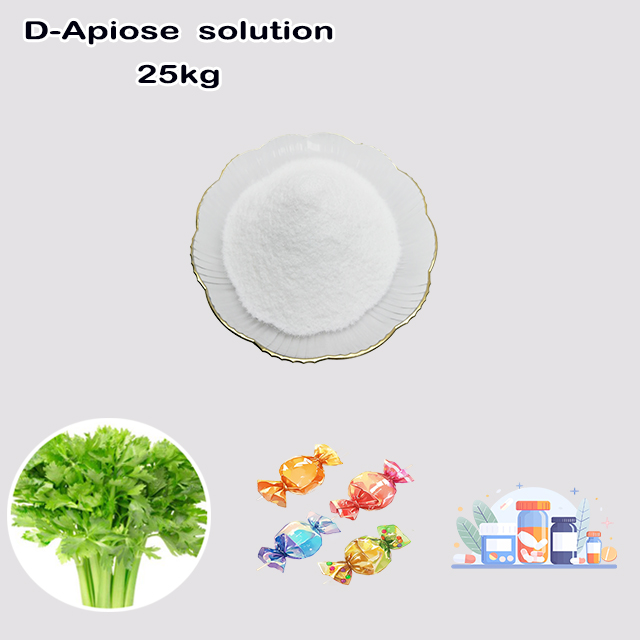
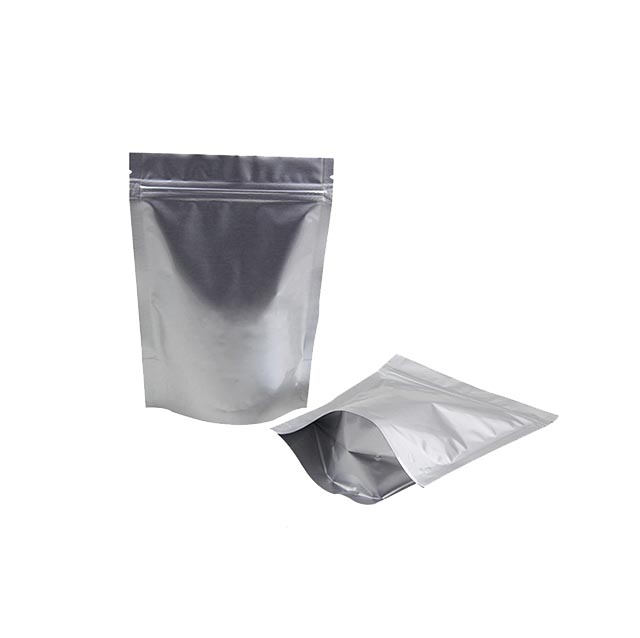
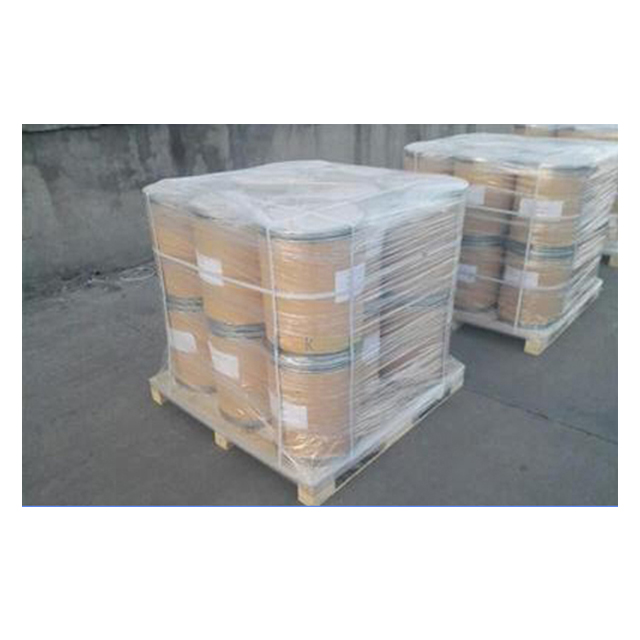
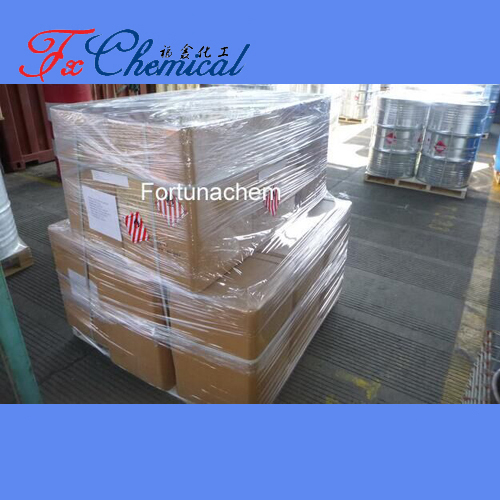
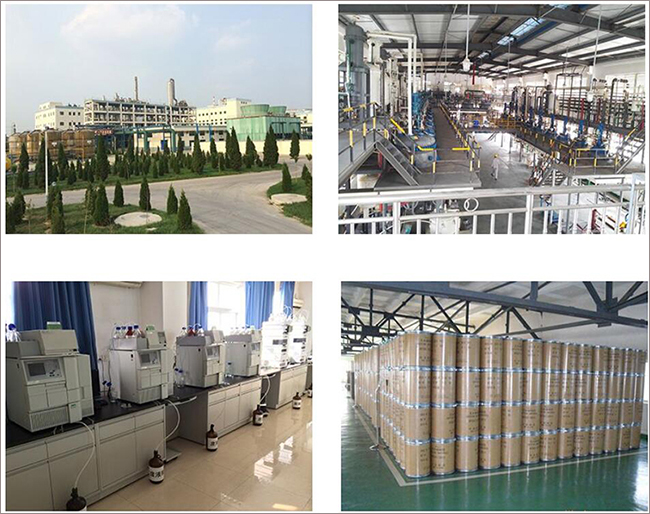





Here's a concise overview of D-Apiose Solution :
Chemical Identity:
Aqueous solution of D-Apiose – a rare branched-chain pentose sugar (C₅H₁₀O₅) found in plant cell walls (e.g., parsley, celery).
Key Features:
Unique Structure: Hydroxymethyl branch at C3 (distinct from linear pentoses).
Solution Use: Stabilizes reactive aldehydes; typical concentrations: 10–50% w/v.
Stability: pH-sensitive (store at 4–8°C, avoid acids/bases).
Primary Applications:
Plant Biology: Probes for pectin biosynthesis (RG-II polysaccharide).
Drug Synthesis: Chiral building block for antiviral nucleosides & flavonoids.
Biomaterials: Cross-linker for pH-responsive hydrogels.
Handling: Non-toxic but reducing → may interfere with redox assays.
Supplier Example: Sigma-Aldrich (≥98% purity, aqueous solution).
D-Apiose solution refers to a liquid preparation containing D-Apiose, a rare branched-chain pentose sugar (monosaccharide) with unique chemical properties. Here's a concise chemical breakdown:
IUPAC Name:
(3R,4S)-2,3,4-Trihydroxy-3-(hydroxymethyl)butanal
Molecular Formula: C₅H₁₀O₅
Structure:
Branched-chain aldopentose (unlike linear pentoses like ribose).
Features a C3-hydroxymethyl branch (‑CH₂OH) and aldehyde group (‑CHO).
Exists as α/β anomers in equilibrium (pyranose/furanose forms).
Simplified Structure:
CHO
|
H-C-OH
|
HO-C-H ← Branched carbon
|
H₂C-OH (C3-hydroxymethyl group)
| Property | Description |
|---|---|
| Solvent | Typically aqueous (water) or DMSO for lab use. |
| Concentration | Variable (e.g., 10-50% w/v for industrial use; mM range for research). |
| pH Stability | Stable at pH 4-7; degrades in strong acid/base. |
| Key Reactivity | Reducing sugar → reacts in Maillard reactions; hydroxyl groups form glycosidic bonds. |
Biosynthetic Precursor:
→ Incorporated into rhamnogalacturonan-II (RG-II) pectin in plant cell walls.
→ Serves as a scaffold for synthesizing flavonoid glycosides (e.g., apiin).
Chiral Building Block:
→ Used to synthesize nucleoside analogs (antiviral drugs) and glycoconjugates.
Metal Chelator:
→ Branched structure binds Ca²⁺/Mg²⁺ in biological matrices.
Storage: 2–8°C (light-sensitive; degrades if frozen).
Hazards: Non-toxic but reducing → may interfere with redox assays.
Purity Test: HPLC with refractive index detection (retention time ~8-10 min).
Research Grade:
Sigma-Aldrich (Cat. #A8475, ≥95% purity, ~€480/100mg).
Industrial Scale:
Carbosynth (30% aqueous solution, custom purity).
Synthesis Insight:
Produced via enzymatic conversion from UDP-D-glucuronic acid (using UDP-apiose synthase), avoiding costly chemical synthesis.
Why It Matters: D-Apiose’s branched structure enables unique biomolecular interactions, driving applications in drug design, plant biotechnology, and biomaterials.

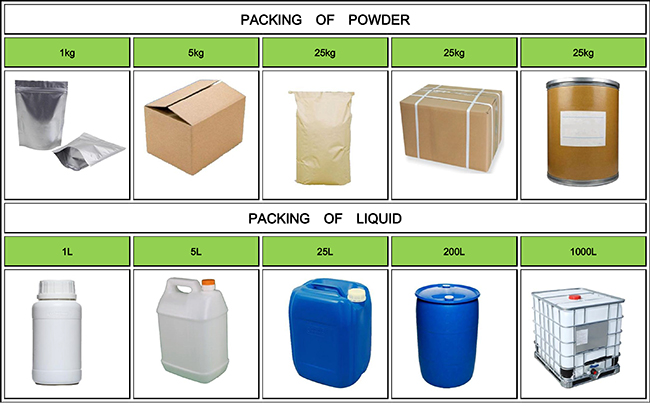


Fortunachem Provides Not Only Professional Chemical Products But Also Professional Help
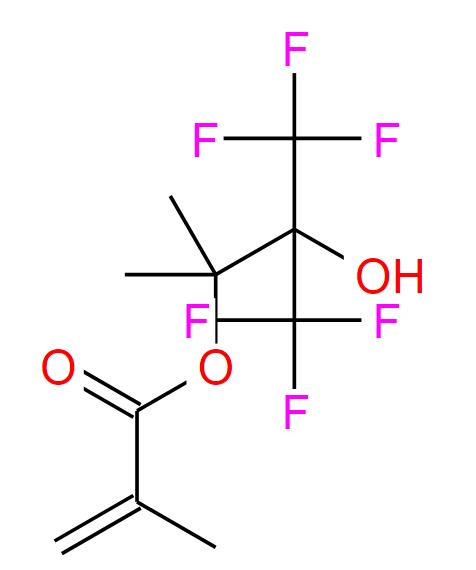
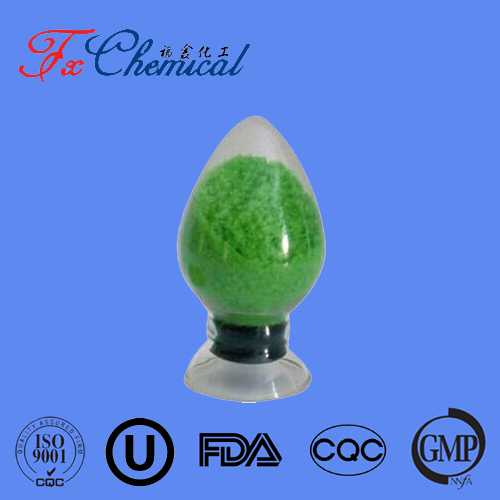
![China Supplier High Quality Octanoic acid, 8-[(5-chloro-2-hydroxybenzoyl)amino]- CAS 204852-67-5 China Supplier High Quality Octanoic acid, 8-[(5-chloro-2-hydroxybenzoyl)amino]- CAS 204852-67-5](/uploads/image/20251017/Octanoic_acid,_8-[(5-chloro-2-hydroxybenzoyl)amino]-主图.jpg)
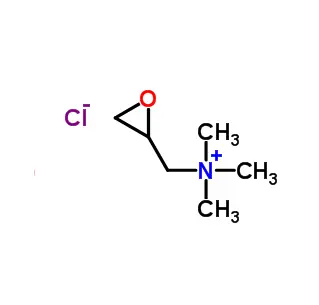
Keeping you up-to-date with all the latest information, news, and events about Fortunachem!

Quick Links
Add:
E-mail:
 English
English  Español
Español  français
français  العربية
العربية 


